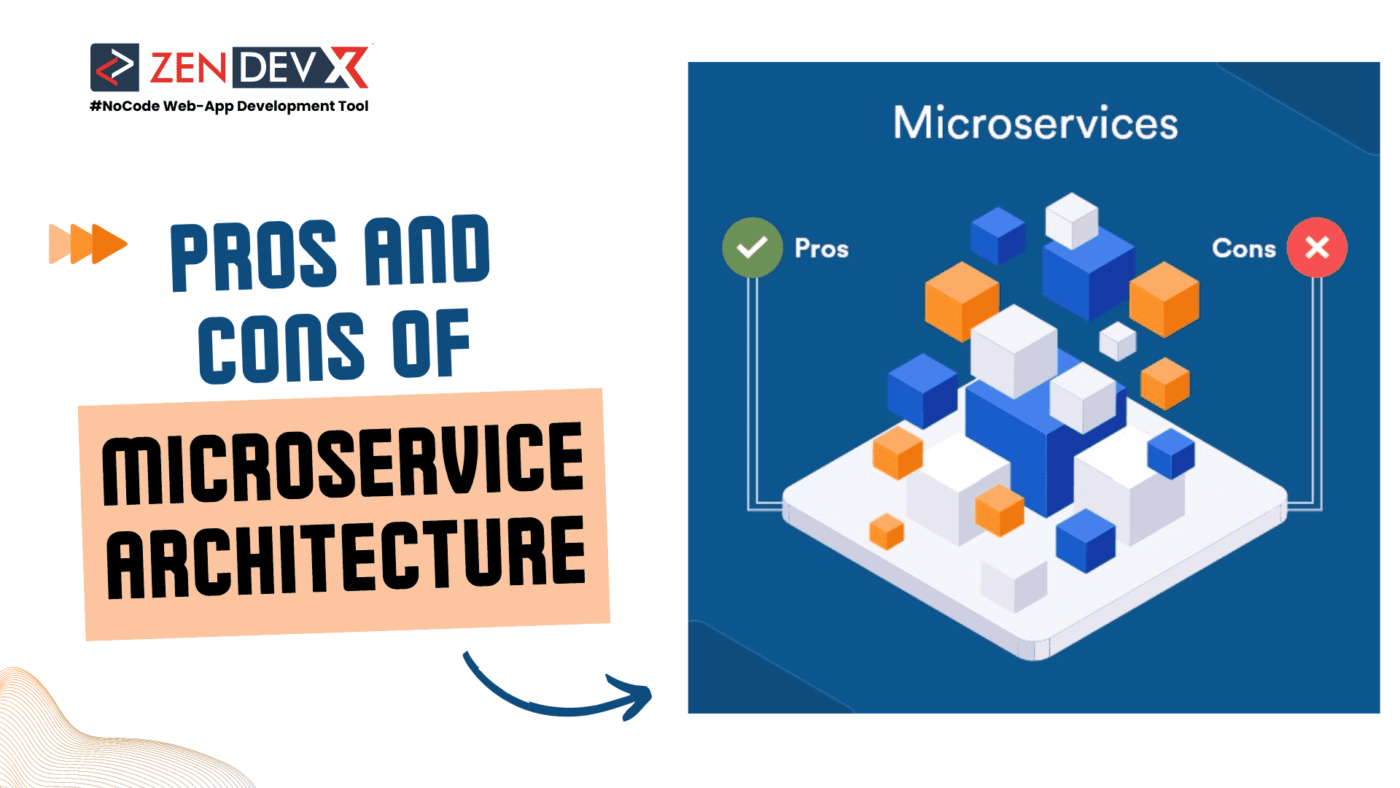Among the newest buzzwords in software architecture, microservice architecture might be very challenging to define justly. All things considered, “microservice architecture” is a small collection of self-contained services employing API connectivity to address difficult corporate difficulties. While every service is in charge of a different duty and can be used on its own, taken together they provide a suite of options.
This term most certainly seems a little confusing at a glance. Though a difficult concept, this is a vital one for everyone working in the computer industry approaching microservice design as it becomes more and more frequent.
Below we will go over the advantages and disadvantages of microservices as well as their requirements.
Microservices Definition
Microservices are smaller, self-contained programs developed and managed by one small team of developers. Every service runs from its own unique codebase.
Microservices enable independent deployment, maintenance, and development that lets your team adjust one service without endangering the entire application. Every service interacts via APIs; they each have individual data and external conditions.
Microservices are related to what is known as polyglot programming—the process of creating programs in numerous languages to add a function lacking in a single programming language. Microservices thus each have their own particular technology stack, framework, and library.
Important Definitions Terms
Management/Orchestration and API Gateway are two important subjects one should study about microservices.
- Management or Orchestration: Calls for multiple tasks like node placement of services and discovery of application failures.
- API Gateway: Acts as the point of client access. Clients call the API gateway instead of phoning the services straight. The gateway will thus forward that call to the relevant backend systems one after another.
Advantages of Microservices Architecture
Microservices developed by small teams enable scale-up as required and can also help to simplify the complete development process. Services can be carried out independently of one another, so you may rapidly isolate and fix errors and flaws and update and rollback small features without having to bring back the complete process. Usually, single bug fixes cannot be handled by one person; so, fixing a single issue slows down the whole release process and can perhaps stop the introduction of new features.
Microservice design can also produce better apps generally as your team does not have to use a single tech stack. By choosing the stack best relevant for specific operations of the application, you can mix and match objects like databases and programming languages instead of applying the one-size-fits-all approach.
Microservices offer much easier changes in schema. Changing the schema might badly affect the overall monolithic application since different portions of it touch the same data. Microservices’ ability to enable data isolation helps schemas to be updated simpler and less risky.
The Negative Aspects of Microservices Architecture
Microservices architecture by nature is more complex than standard applications. The learning curve of your staff can be somewhat challenging. Before using microservices architecture, you need to evaluate your current team to be sure they have the necessary skill set.
Success depends on microservices architecture and a matured DevOps culture; good management is also absolutely important. Maintaining an application applying many languages and frameworks can become challenging rapidly. Higher-ups may find it challenging to mix granting adequate flexibility and creativity for every given team with upholding project-wide standards for clarity.
At first, development and testing could prove challenging. Unlike creating a monolithic program, your team will be writing separate little services depending on other dependent services, very different from each other. Service dependencies might not be handled by your present tools; testing dependencies in a quickly changing application can be challenging.
When transitioning to microservices architecture, API development alone could take a lot of time since your team has to establish APIs suited for extra interservice communication.
Conclusion :
Microservices architecture offers hope for reducing procedures and simplifying scalability. Microservices architecture can be challenging, though, and you may have to devote time to extra team training including those in managerial roles. Starting small—with one or two services—is advisable, adding more as you become more experienced.


